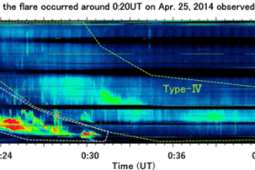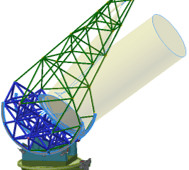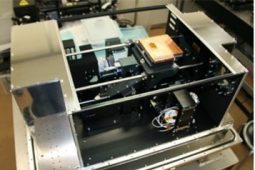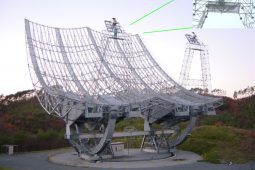Long-term Statistical Analysis of Auroral Kilometric Radiation Observed by Geotail : Applied Automated Detection Technique
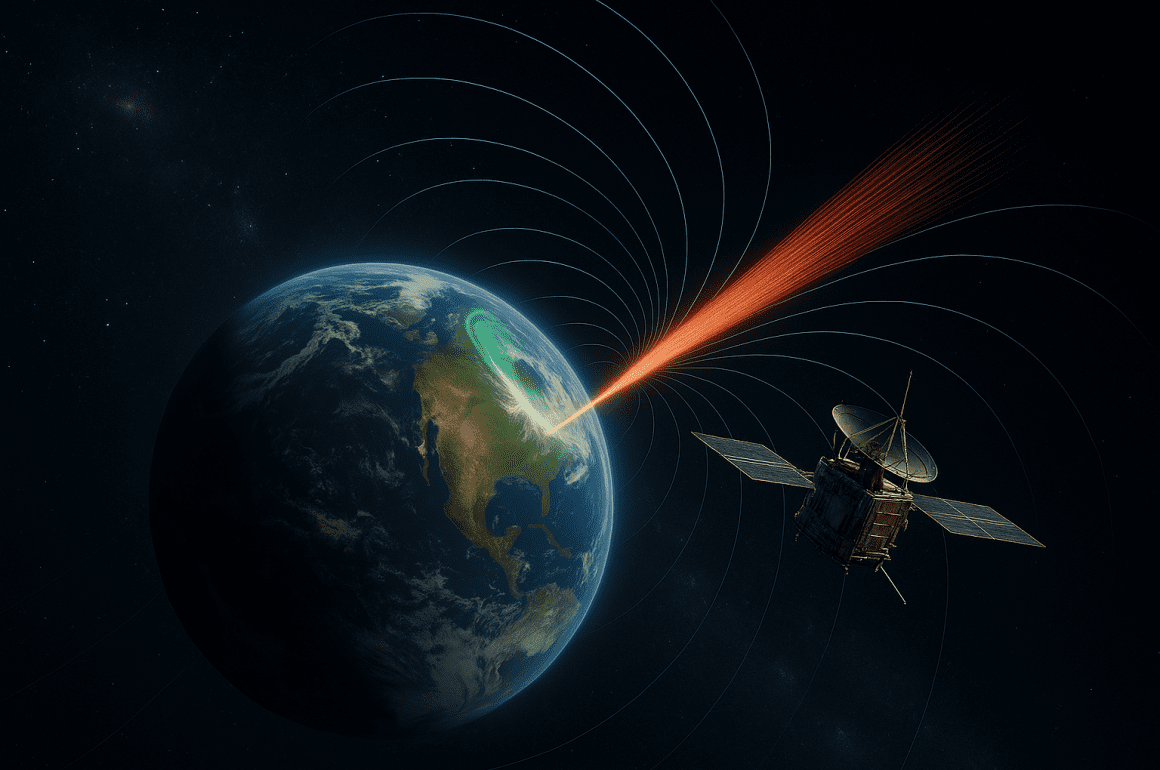
This post is also available in: Japanese
Auroras glow above the Arctic and Antarctic. Far above them, powerful radio emissions known as Auroral Kilometric Radiation (AKR) are emitted into space at frequencies corresponding to the medium wave band. The intensity and frequency of this radiation are closely linked to various phenomena and structures within Earth’s magnetosphere that drive auroral activity. It also serves as an indicator showing the overall activity level in real time.
The Japan-U.S. joint satellite Geotail continuously observed this radio activity for approximately 30 years, from its launch in 1992 until 2022. This marks the first time such high-quality observations have been made by a single satellite over such an extended period. It spans three solar activity cycles, providing invaluable data for studying the effects of solar activity on Earth. Through long-term statistical analysis of this unique data, we aim to deepen our understanding of the Earth’s magnetosphere by examining the occurrence characteristics and variability trends of AKR.
Such radio activity is observed across planets. We anticipate research developments for Mercury, where the joint Japanese-European BepiColombo orbiter will begin observations in 2026; Jupiter, where the European JUICE orbiter will start observations in 2031; Saturn, explored by the US Cassini probe in the 2000s-2010s; and the two icy giant planets, Uranus and Neptune, for which future exploration plans are under consideration. Written by YAMANAKA Haruto.
This post is also available in: Japanese

